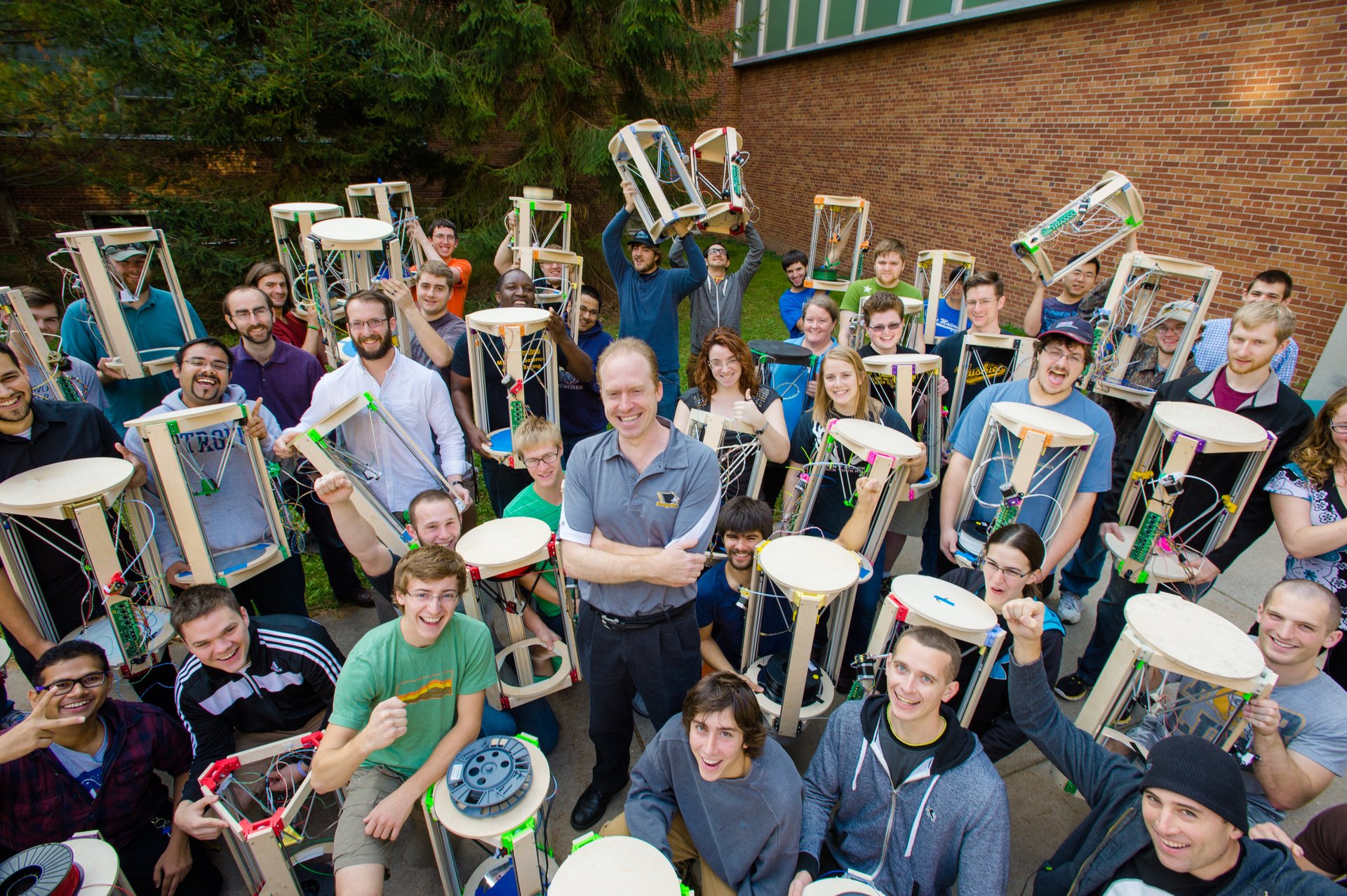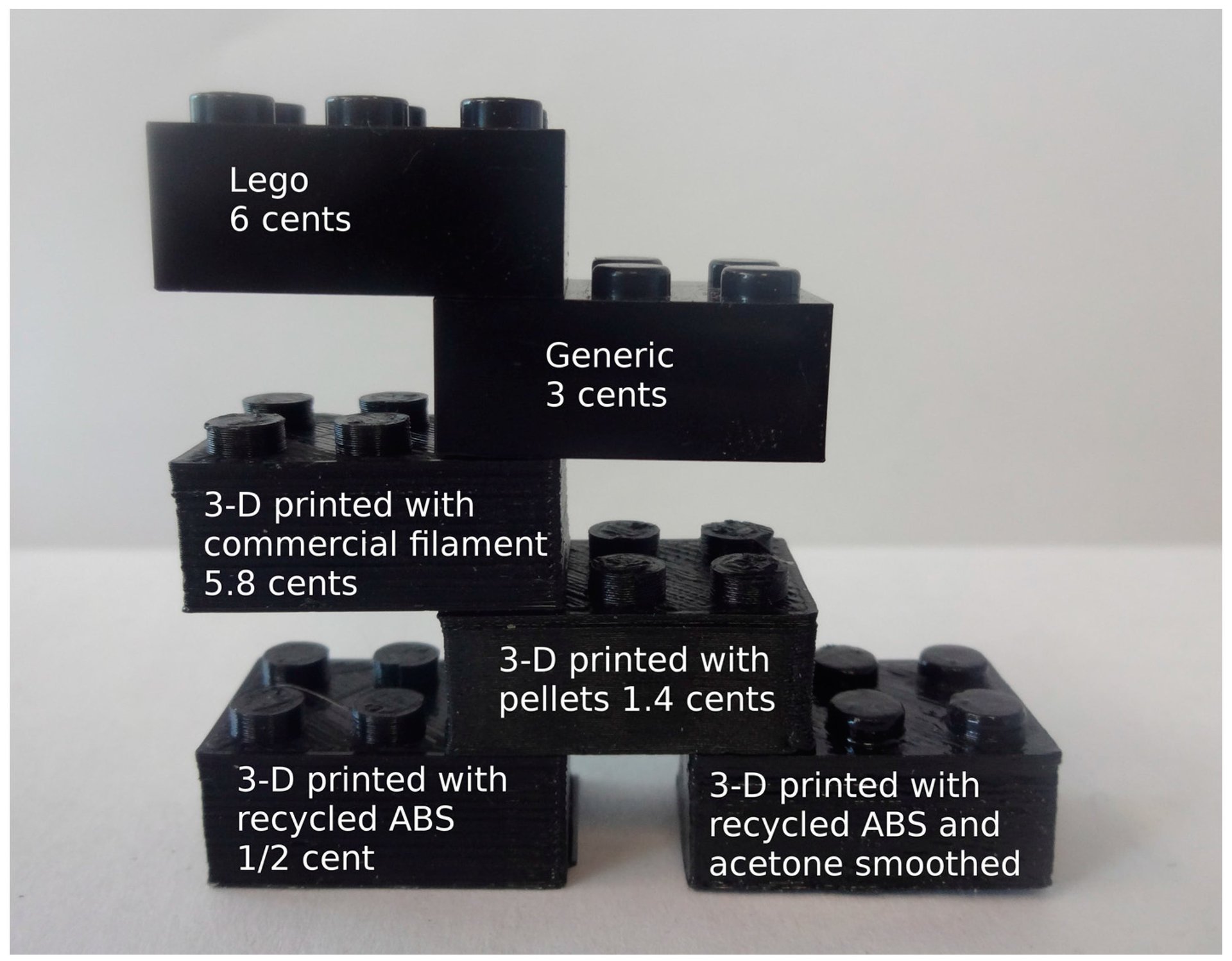Consumer 3D printers may finally be useful for something: DIY toys
Anyone with kids, or those of us who never quite stopped being kids ourselves, know that toys aren’t cheap. Last year the toy industry raked in $26 billion in the U.S. alone. High prices are harder to swallow when kids tend to lose interest in that Pikachu figurine within a week, and complex boardgames are totally useless after the inevitable loss of even a few pieces. The solution? Skip the toy store and buy yourself a 3D printer.


Anyone with kids, or those of us who never quite stopped being kids ourselves, know that toys aren’t cheap. Last year the toy industry raked in $26 billion in the U.S. alone. High prices are harder to swallow when kids tend to lose interest in that Pikachu figurine within a week, and complex boardgames are totally useless after the inevitable loss of even a few pieces. The solution? Skip the toy store and buy yourself a 3D printer.
In a paper published this week in the journal Technologies, researchers from Michigan Technological University showed that DIY 3D-printed toys are anywhere from 40%-90% cheaper than buying similar items at retail. The research team, led by associate professor of materials science and engineering Joshua Pearce, identified the 100 most downloaded toy designs from popular 3D-printing site MyMiniFactory.com. The list had variety, small items like that Pikachu figurine, to big items such as the coveted Warcraft Frostmourne sword, including even intricate items with moving parts like action figures and puzzle toys.
The researchers then printed all 100 designs three times using either a Lulzbot Mini ($1,250) or its big brother the Taz 6 ($2,500) once for each of the three most common filaments: a high-end commercial filament; pellets that are fashioned into a filament at home; and post-consumer-waste-turned-printer-fuel made through a recyclebot. Then they calculated the cost for each. In apples-to-apples comparisons, when a product available at retail had an exact analog on MyMiniFactory, factoring in things like the cost of electricity, the mass of the object printed and the cost of a given filament, when compared against prices available at Walmart.com, all filament types saved consumers on average 75% off retail. When printing with the cheapest material, the recyclebot filament, those savings shot up to an average of 90% over the retail equivalent.
A specific case study in the article looked at Legos. Pearce’s team calculated that each Lego block costs about six cents at retail, but costs only half a cent when recyclebot-sourced, an almost 92% reduction. And while anything that’s 3D printed has the tell-tale lines indicative of the technique, acetone-smoothing handles most of that. Furthermore, the opportunities for personal customization far outweigh any loss of visual aesthetic. Or as Pearce said in a statement accompanying the study, “It’s perhaps more valuable to get that exact, specific toy your kid really wants.”

This is a very small dataset, and doesn’t factor in a person’s time printing out hundreds of tiny separate Lego blocks, which could take up to an hour a piece, depending on the printer. But still, you can print multiple blocks in a run, and can always set the printer to work overnight. And based on the number of monthly downloads, it might still be worth it. Assuming a one-to-one ratio of download to print, MyMiniFactory saved its users more than $5 million in avoided purchases in January 2017 alone. The study extrapolated those numbers over the course of the year to show a shift of up to $60 million in purchases lost by retail toys. To combat the loss, Pearce suggests toy companies lean-in, embrace, and accept the maker community by encouraging customization and providing free designs, like “Ikea Hacks,” but for toys. But they better act fast, according to Pearce, “This is already happening, there are literally millions of free designs. It would be a big mistake to assume 3-D printers are just toys.” Toy killers is more like it.